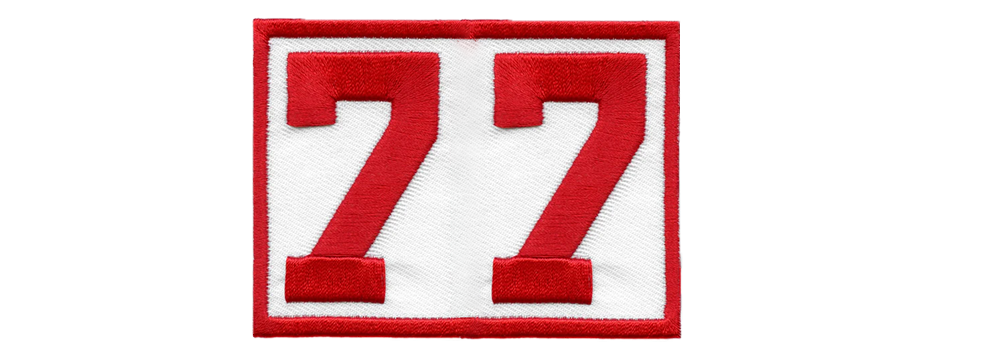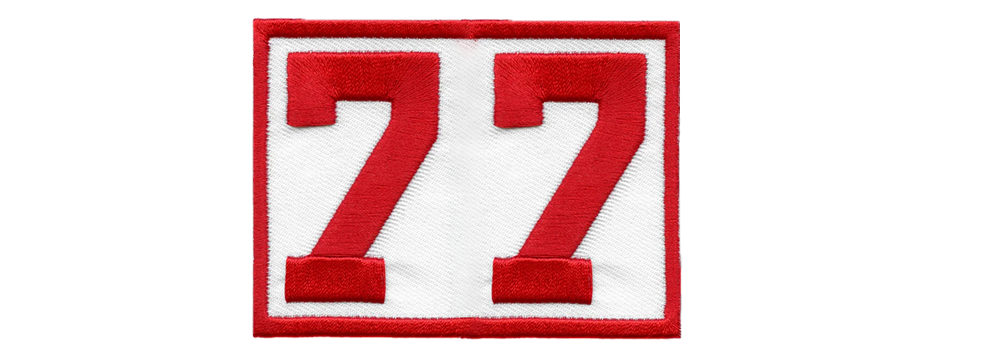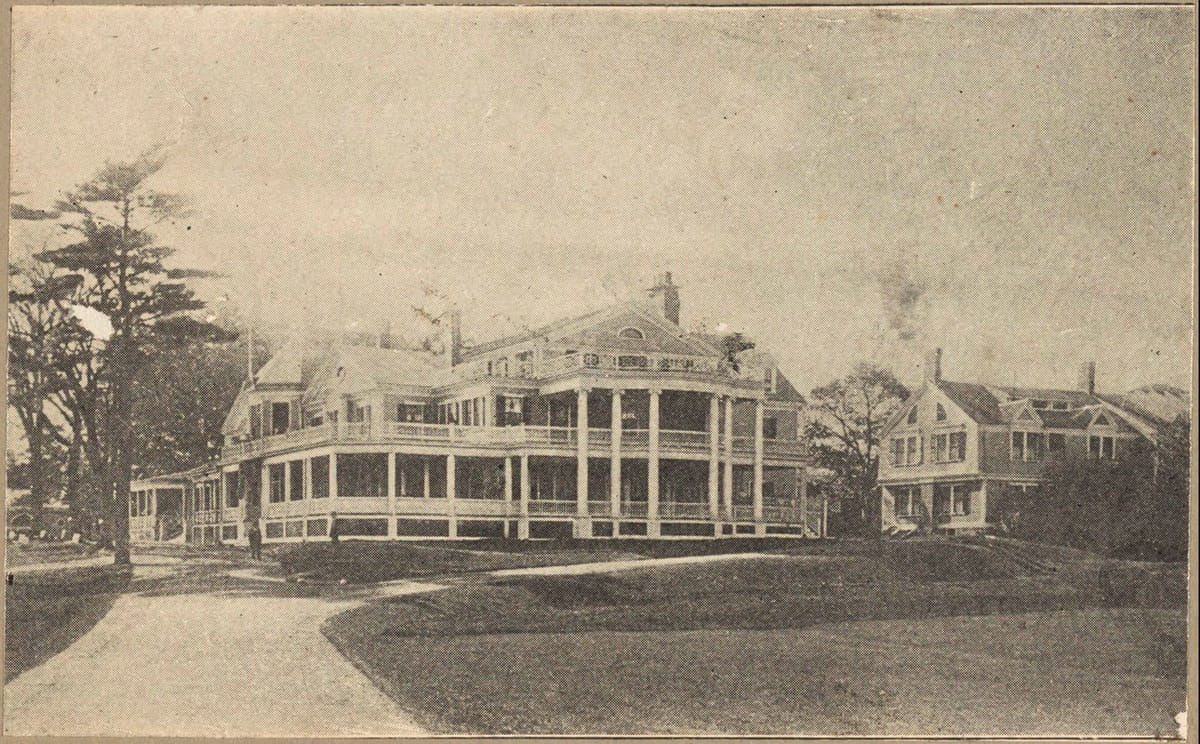Going to Fenway Park is one of the most exciting things a person can do. You can sit in the seat where Ted Williams clobbered a 502-foot home run in 1946. You can go to Wimbledon to see where, in 1980, Bjorn Borg and John McEnroe had their infamous 20 minute tie-breaker. Seeing where history was made is one of the most amazing things about sports. Golf is the one sport in which you can play and recreate the same celebrated shots. If you play Cherry Hills in Denver, Colorado, and step on that first tee, you can attempt to imitate Arnold Palmer’s 346-yard drive at the 1960 US Open, which rolled onto the putting surface. After you get through a grueling round at Kiawah Island on the Ocean Course, you can try to make Bernhard Langer’s storied five-footer on the 18th hole, which he missed, losing the Ryder Cup for the Europeans in 1991. There are so many moments in this remarkable game that you can trace and follow in the footsteps of, but there might be no better or more historic place to do that than The Country Club in Brookline, Massachusetts. A place so old that it didn’t have to bear a distinguished name because it was one of the first to even exist. The Country Club, or TCC as many members call it, was created in 1882, about 177 years after the town of Brookline separated from Boston. Originally, the club did not have golf on the grounds but a race track, where horses would be pushed to the limit for competition. In the background of the picture below, you can see the clubhouse, which would grow larger as the years went on.

The Scottish-born and rapidly growing activity of golf would join the scene at The Country Club, and the first national tournament to be held there was not a men's tournament; it was the 1902 Women’s National Championship. Much like another significant event that was held later on at The Country Club, a downpour occurred that changed the manner of the course to not just damp but muddy as well. After the qualifying rounds, the weather cleared up, and once the match play format found its way to the final two competitors, it was Genevieve Hecker and TCC member Louisa Wells who would be vying for the championship. Hecker would defeat Wells and go down, not just as the first woman to win a national championship held at Brookline, but the first person.
Just four years before this landmark event, a piece of golf equipment was invented that would change the way golf courses had to be developed and the game itself. Coburn Haskell, a former member of The Country Club, created the next popularized iteration of the golf ball known as the 'Haskell'. Previously, the Gutty was the common ball of choice. The Gutty was round and originally smooth but then altered to have 'nicks and blemishes' (the predecessor to dimples) to improve performance. Then came the Coburn Haskell-created ball, which went much farther and after its first initial years, became the next ball of golf. This ball created a conversation in golf that we still have today: are too many courses becoming obsolete? After the creation of the Haskell, places like The Country Club and other courses that had the resources reacted to golfers' new length by acquiring more land and extending their playing surfaces. All of this came from a member of The Country Club. A rather well-known story is about a tall and lanky boy who found a Haskell at the age of nine years old. He used that singular Haskell every time he played, and after the ball started to show its wear, the boy attempted to refinish it with items around the house and sneak it into his mother’s oven. However, the result was something that can most definitely not played again. This boy was Francis Ouimet, who grew up across the street from The Country Club’s 17th hole. The United States Open would come to The Country Club 18 years after the first Open was held at Newport Country Club in 1895. There are elements of this story that many fans of golf history will know, but there are a couple that are rather unknown as well. One of these is that the venue was almost not TCC. As the event would be scheduled for early June, a problem arose.
The two goliaths of golf at the time, Harry Vardon and Ted Ray, were competing in the British Open Championship at Royal Liverpool Golf Club in England in mid to late June. There continued to be difficulty with finding a date for the event to be held at The Country Club, and in the midst of this, Charles Blair Macdonald endeavored for the U.S. Open to be held at National Golf Links of America in Long Island, the club he played at and designed two years prior. National Golf Links of America and McDonald were able to host during a time when all the pros, including Vardon and Ray, were available, and it was almost certain that the United States Open in 1913 would be held at the National. This seemed true until Vardon and Ray’s schedules opened up, and the USGA went back to its original plan of bringing the U.S. Open to Brookline. As the story goes, 20-year-old Francis Ouimet joined a nearby club, Woodland Country Club, 3 years previous and paid the admission fee of $5 as the only requirement to participate in the Open was that you belong to a club. The 20-year-old would be joined by Eddie Lowery, a 10-year-old from Newton, MA, who watched him play in the prior qualifying rounds. Lowery would sneak past and hide from the school official checking in on his playing “hooky,” long enough to meet with Ouimet on the first tee and take on the Open. As I mentioned earlier, in the infancy of The Country Club, the main fixture on the grounds was a horse racing track, and it was still around when the Open in 1913 came; as a matter of fact, the first hole was a par 5 that went directly over the track itself. After the first round, the players retreated to their hotels where an incident between Ted Ray and Wilfrid Reid took place. Ray landed multiple fists to the nose of Reid after an abrupt disagreement regarding the politics of their homeland and making negative comments regarding where the other was from. When the next day came along, neither acted like anything had happened. Reid would drop back after leading on Thursday, but Ray stayed strong, and he was joined by Ouimet and Vardon through three rounds. Ouimet would trail later in his round but after making a rare birdie on the 17th hole and then parring the 18th, Ouimet would join a playoff. In the 18-hole playoff, Ouimet would be matched up Vardon and Ray. All three went out in 38, but on the back Ouimet would once again birdie his neighborly 17th hole and come in five shots better than Vardon and six better than Ray. This win seemed incredibly important in late September of that year, but the golfing world was unaware of really how much of an impact this tournament that almost did not take place at Brookline would have. Before a Saturday on September 20th in 1913, the game of golf was seen by the American public as a game dominated by the elites and foreigners; it was not a game created by us or for us, many thought.
As time went on, the USGA would continue to strengthen their relationship with The Country Club, as they would bring the 1932 Walker Cup there, a match play team competition between the best amateur golfers from the United States up against their counterparts from Great Britain and Ireland.
Footage of the 1932 Walker Cup.
Just like the previous USGA event in 1913, it was unsure whether The Country Club would be hosting the event but was confirmed a couple months before it took place in early September.

The GB&I team was captained by the Scot Tony Torrance, and the United States team was captained by none other than the once boy, now 39-year-old man who used to live across the street, Mr. Francis DeSales Ouimet. Both Torrance and Ouimet were playing captains. Just like the previous Walker Cup at Royal St. George's in England (USA 10 to GB&I 2), the Americans would dominate, winning 8 to 1. It would be 41 years until the Walker Cup would return to the grounds at TCC, but plenty of USGA championships would be held until then.

In that time span, there would be 2 US Amateur Championships, one in 1934 won by New England native Lawson Little and another in 1957 where the Tennessee-born Hillman Robbins would take the title. After the 1902 Women's Amateur, the event would return in 1941 with Betty Hicks winning and 1995 then Kelli Kuehne did the same. And after Ouimet changed the golfing world with his win in 1913, the United States National Open would return 50 years later in 1963 where the Connecticut-born Julius Boros would defeat Arnold Palmer and Jacky Cupit in a playoff for his second US Open victory. The setup of TCC that year would be one of the toughest the USGA has ever had to date. Boros, Cupit, and Palmer had the best scores of the week through 72 holes at 9 over, and then Boros would win the 18-hole playoff at 1 under. At that 1963 United States Open, Francis Ouimet came back to watch play and see the modern professionals take on the course he conquered. It was not just Ouimet who came to Brookline that September week in 1913; Eddie Lowery also joined Ouimet and discussed their past victory.
Francis Ouimet and Eddie Lowery reminiscing about their 1913 Open win.
The event that changed the reputation of golf and The Country Club the most was the 1913 Open; the second one on that list is the 1999 Ryder Cup. The teams were captained by Ben Crenshaw on the American side and Mark James for the European team. Coming into the ‘99 Ryder Cup, the Europeans had won the two previous cups, and the major winners for the year were split between the United States and the Europeans, with José María Olazábal winning the Masters, Payne Stewart winning the U.S. Open, Paul Lawrie taking the British Open, and Tiger Woods winning the PGA. Payne Stewart said previously to the playing of the event that “on paper, they [Europe] should be caddying for us.” Jeff Maggert added onto it, “Let’s face it, we’ve got the 12 best players in the world and if they just go out and play golf and hit golf shots, it’s hard to mess up putting two guys together.” With the opportunity to take back the cup on American soil, and the Europeans not wanting their run to end, the stage was set, and that stage was The Country Club. The Ryder Cup looked much different than it does today regarding the teams; the average age for the United States team was 34 with 7 players over the age of 35. The European side had an average age of 30.5 and only one player under the age of 26 (Sergio Garcia).

The crowds were loud and boisterous all week. Michael Jordan and the then Governor, future president George W. Bush, were seen following some of the groups all day Friday. Bush would give a speech to the team later in the week. The rough, the fairways, and the putting surfaces were all in amazing condition the entire week according to the players. During the last two rounds of the 1963 Open at TCC, the wind was incredibly strong, gusting up to 50 mph. 36 years later for this Ryder Cup, it did not get to those previous extremes, but on the more exposed holes on the property, trees were whipping back and forth along with the flags, causing major problems on holes like the drivable par 4 6th, where David Love almost holed his tee shot on Friday afternoon. As the event went on, the Europeans would find their stride and end Saturday with a 10 to 6 lead. In the 72 previous years of the Ryder Cup, no team had ever come back from more than a 2-point deficit going into Sunday singles. U.S. Captain Ben Crenshaw would leave the media Saturday night with a few long-lasting words, "I am a big believer in faith, I have a good feeling about this, that's all I am going to tell you." For the singles matches, the United States would come to the course in their now infamous shirts with black and white framed images of past Ryder Cups moments on a burgundy background.

The legend of their Sunday attire would grow in the following years just as much as the play itself. On Sunday, September 26, 1999, the tides started to turn. David Duval chipped in from an awkward lie above the bunker on the 5th, Payne Stewart nearly holes his approach on the 3rd, and Tiger Woods chips in from the heavy, lush green-side rough on the 8th. The momentum that the Europeans had a stranglehold on all week was snatched by the Americans. Throughout the day, José María Olazábal had a considerable lead in his match against Justin Leonard, but the Texan would hole a 30-foot birdie putt on the 15th to win four holes in a row to put the match at all square. The two would come to the par-4 17th, the same hole where Francis Ouimet made two back-to-back birdies that changed the future of golf. Here, Olazábal would hit his approach from the left rough to the middle of the green about 25 feet away short of the pin. Needing to halve this match, Leonard stepped up to his ball in the middle of the fairway and hit a wedge that landed no less than 15 feet away from the hole and spun back with the assistance of the slopes to the front of the green and 50 feet away from the pin. Leonard would knock his left-to-right moving putt dead center, and the United States team, and many of the wives, would run across the green to Leonard. Olazabal would wait for the green to clear, strike his putt, and miss just left. The Battle at Brookline would be won by the hosting United States. How amazing that two events as significant and historic as the 1913 US Open and the '99 Ryder Cup can be held and played on the same grounds 86 years apart. In fact, Ben Crenshaw, a big fan of the history of golf and specifically at Brookline, would give Justin Leonard a nickname after that moment on 17. "Ben’s the one who calls me Francis... it's funny how history tends to repeat itself," said Leonard to Bruce Devlin and Mike Gonzalez. It’s impossible to ignore how much has happened at The Country Club, but also the 17th hole as well. Fourteen years later the U.S. Amateur would return to Brookline, and then nine years after that, the U.S. Open would be hosted there as well. Both events were played at TCC but shared one other similarity: their winner, Matt Fitzpatrick.
There seem to be places in this country and world that history and important events are perpetually associated with. The Country Club in Brookline has earned its spot on that list and will never be removed.
Thanks to: Mr. Fred Waterman, the Club Historian at the Country Club, who helped me tremendously with this story. If anyone is interested in a more in depth historical telling of TCC, he has edited and help make a book called The Story of Golf at The Country Club. He has done a much better job than me or anyone at recounting the story of anything and everything at The Country Club in Brookline.
Pictures and documentation from Digital Commonwealth, Golf Digest, The Country Club, and myself below.



